James Ross – 14 August, 2019
I say reliefs, although their exact positioning between wall and the space of the gallery is very complicated at best. Reliefs, sculptures—let me explain—not that the category matters. Each of the works is based on the same factory produced mesh that in another life formed the basis of an open sliding kitchen shelf. Hurrell has reversed / subverted /converted this usage into the base structure for his various weavings of coloured electrical cable ties. Plastic ties that an electrician might use to secure electrical wires.
[Editor’s preamble: Here is a piece of unsolicited writing from James Ross—a review I was greatly surprised to receive.
As editor of this site I have always blocked any opportunity to include discussion of my own art practice, for I have always believed Wilde’s dictum that ‘it is better to be talked about than not talked about,’ and did not want to take advantage of that. Even negative responses are ultimately positive through the attention they get, and from an artist’s point-of-view are preferable to no coverage at all. I didn’t want to exploit the trust of the site’s readership.
However, this site and the earlier eyeCONTACT blog has been going since 2007, and while not allowing such conversation to occur, I have also participated in various exhibiting ‘visual’ dialogues. Consequently, as an artist who has been presenting paintings and coloured sculpture since the mid-seventies, I’d argue—if challenged—that exposure here via self-publishing is legitimate.]
John Hurrell opened a new exhibition of relief works at Antoinette Godkin Gallery, Parnell on Saturday, 3 August.
I say reliefs, although their exact positioning between wall and the space of the gallery is very complicated at best. Reliefs, sculptures—let me explain—not that the category matters. Each of the works is based on the same factory produced mesh that in another life formed the basis of an open sliding kitchen shelf. Hurrell has reversed / subverted /converted this usage into the base structure for his various weavings of coloured electrical cable ties. Plastic ties that an electrician might use to secure electrical wires.
Weavings may sound condescending, but at this level the sheer multiplexity of the sequences of patterning suggest multiple sets of meanings. They range from monochromatic groupings in black or red, with the individual units forming very simple patterning plans, to very complex, multi-colour units that suggest the internal workings of some fanciful, complicated electrical switchboard.
These works continue Hurrell’s exploration of ‘subverted grids’—my term—that commenced with his early manipulations of city maps. The known systems that street maps represent—the streets, junctions and suburbs—were rendered unknown by his careful inking out of the various street linkages. We end up with an organic maze, that has been somehow pre-determined by the map, that in turn has created a new mental map, an artwork.
In much the same way the plastic-coated mesh baskets are the known grid, and Hurrell subverts their order and pristine geometry with the coloured plastic cable ties. The echoes of their various meanings range from the painterly—the way the loose ends can suggest paint drip—to the unit-based monochrome works of the 1970s; to the complex and beautiful weaving of tapestries both old & modern; to Mondrian’s late painting Broadway Boogie Woogie. And dare I say it, Taniko weaving, albeit modernist.
These are meanings that arise out of the installation and works themselves. From a set of very straight-forward givens Hurrell has ‘magicked’ up an elegant series of works that are capable of communicating many different notions and ideas. That is the purpose of thoughtful art.
James Ross
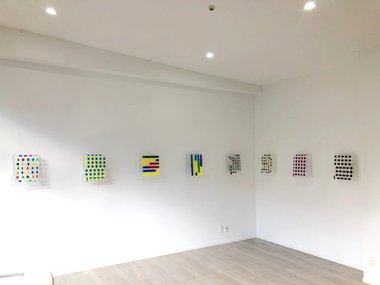
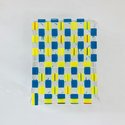
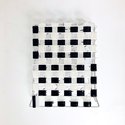

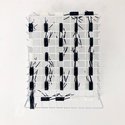
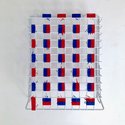
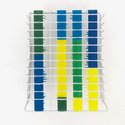
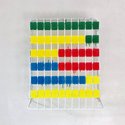
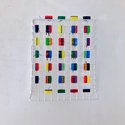
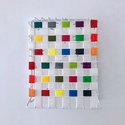
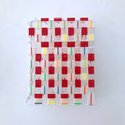
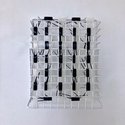
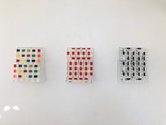
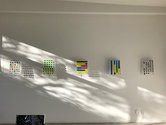
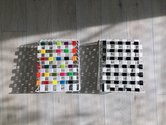
 Advertising in this column
Advertising in this column Two Rooms presents a program of residencies and projects
Two Rooms presents a program of residencies and projects
This Discussion has 0 comments.
Comment
Participate
Register to Participate.
Sign in
Sign in to an existing account.